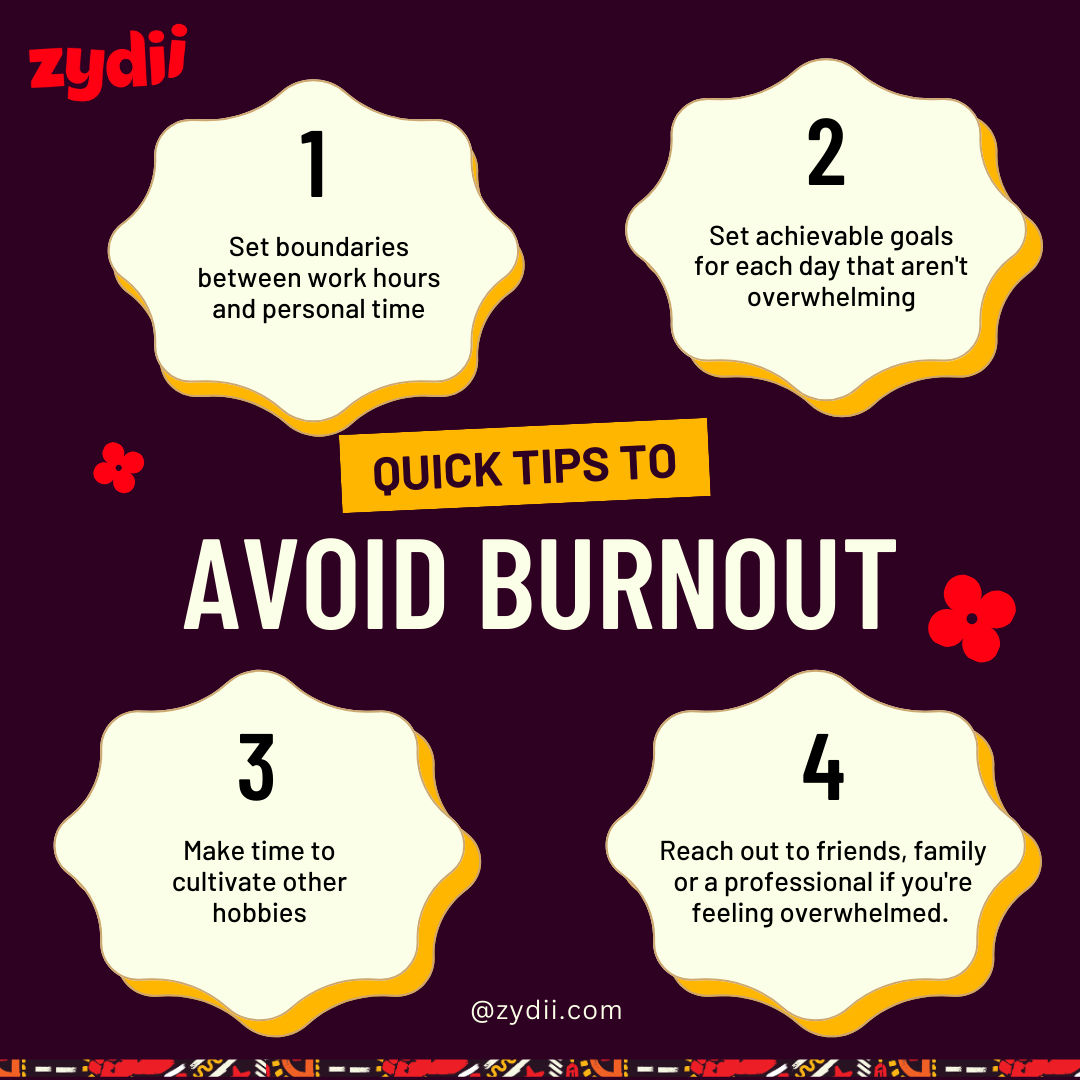The Early Signs of Burnout

Looking back, you could see the warning signs of burnout were there long before that fateful day. The constant fatigue that no amount of sleep could fix, the increasing irritability over minor inconveniences and the growing sense of detachment from your work and loved ones. But in the midst of your hectic life, you brushed them aside, attributing them to stress or a busy schedule.
The first sign of burnout you noticed was the persistent exhaustion. No matter how much you rested, you always felt tired. This was soon followed by a sense of cynicism and detachment. You found yourself dreading the work you once loved and your interactions with colleagues and friends became strained. You also experienced a significant drop in productivity. Simple tasks took longer to complete and your creativity was at an all-time low.
Acknowledging the Problem
It wasn’t until that Tuesday afternoon, when you could no longer ignore the signs, that you admitted to yourself that something was seriously wrong. The once enjoyable tasks now felt like insurmountable burdens. Your body ached, sleep eluded you and even the smallest of decisions seemed overwhelming. The constant fatigue, the pervasive sense of dread and the lack of motivation were no longer things you could brush aside with a casual “I’m just tired.”
Admitting you were experiencing burnout was both a relief and a challenge. It meant acknowledging your limitations and accepting that you needed to make changes. Relief came from naming the beast that had been quietly devouring your energy and joy. It provided a sense of clarity and understanding, a context for your struggles. You were not lazy or incapable; you were burnt out.
However, the admission also brought with it the daunting reality of change. It required you to confront the reasons behind your burnout—overcommitment, unrealistic expectations, lack of boundaries—and to make adjustments. This could mean disappointing others, stepping back from responsibilities or even seeking professional help. It was a challenge to your identity and your ingrained habits, but also an essential step towards recovery and well-being.
Steps to Combat Burnout
Taking a Break: The first step is to give yourself permission to take a break. Take a few days off work to rest and recharge. During this time, avoid thinking about work as much as possible and focused on activities that bring you joy.
Seeking Support: Reach out to a therapist who help you understand your burnout and provide strategies to manage stress. Talking to someone who understands what you’re going through is incredibly validating.
Setting Boundaries: Realize that you’ve been saying “yes” to too many things. Start setting clear boundaries, both at work and in your personal life. Learn to say “no” without feeling guilty and prioritized tasks that are truly important.
Reconnecting with Passions: Make time for hobbies and activities that you love but have neglected. Painting, hiking and reading can become regular parts of your routine again. These activities help you reconnect with yourself and find joy outside of work.
Preventing Burnout in the Future

If you’ve gone through burnout, you are now more vigilant about your mental health. Here are some strategies that can help you avoid falling back into the same trap:
Regular Self-Care: Make self-care a non-negotiable part of your routine. This includes physical activities like yoga and mental health practices like meditation.
Work-Life Balance: Strive to maintain a healthy work-life balance. Set specific work hours and stick to them, ensure that you have time for yourself and your loved ones.
Mindfulness and Reflection: Practice mindfulness to stay in tune with your emotions and stress levels. Regular reflection helps you recognize when you’re starting to feel overwhelmed so you can take action before burnout sets in.
Professional Help: Sometimes you just need help from a professional. Therapy can be instrumental in helping you manage stress and develop healthy coping mechanisms.
Burnout is a serious issue that can affect anyone, regardless of how passionate or dedicated they are to their work. Recognizing the signs of burnout early and taking proactive steps to address it can make all the difference. If you’re feeling exhausted, detached, and overwhelmed, take it as a sign to pause and reassess. Prioritize your well-being and don’t hesitate to seek help. Remember, it’s okay to take a step back in order to move forward.
Journeying through burnout can teach you the importance of self-care and balance. Today, you can be more mindful of your limits and committed to living healthier, more fulfilling life. If you’re struggling with burnout, know that you’re not alone and that it’s possible to recover and thrive again.